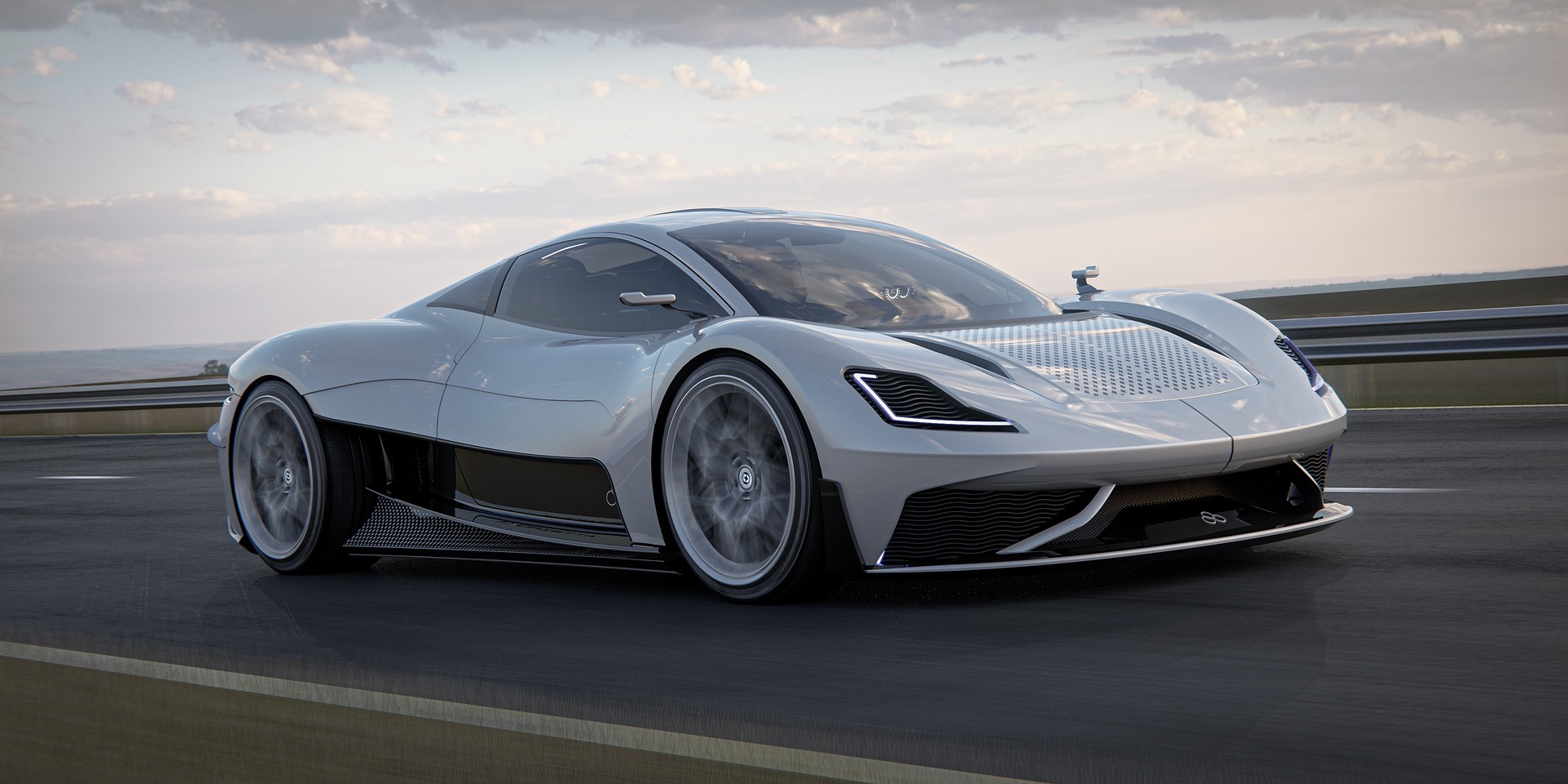The Intricacies of Automotive Cooling Systems: A Journey Through Time and Technology
Imagine you're cruising down the highway on a hot summer day. You can feel the heat radiating off the asphalt, but your car runs smoothly, unfazed by the scorching temperature. Ever wondered how? The answer lies in your vehicle's unsung hero - the automotive cooling system. This intricate mechanism keeps your engine from overheating, enabling a seamless driving experience. Let's delve deeper and explore the fascinating evolution of automotive cooling systems, their current trends, and future prospects.

A Glimpse into History: The Birth and Evolution of Automotive Cooling Systems
Cooling systems have been an integral part of automobiles since their inception. The earliest cars were air-cooled, relying on the natural flow of air over the engine. But as cars became faster and more powerful, a more efficient cooling method was needed. This led to the development of the water-cooling system, which has been the standard for most cars to date. Over time, these systems have evolved, incorporating technologies like thermostats, radiators, and electric cooling fans, each enhancing efficiency and reliability.
Understanding the Mechanics: How Modern Cooling Systems Work
A standard water-cooling system operates by circulating coolant, a mixture of water and antifreeze, through the engine. The coolant absorbs the heat from the engine and carries it to the radiator, where it’s cooled by air before being recirculated. This continuous process ensures that the engine maintains an optimal temperature, preventing overheating and the potential damage it could cause.
Current Trends: Exploring the Latest in Automotive Cooling Technology
In the quest for efficiency and sustainability, the automotive industry is constantly innovating. One such trend is the use of advanced materials like aluminum and plastic in radiators for better heat dissipation and weight reduction. There’s also a shift towards electric cooling fans, which are more efficient and less noisy than their mechanical counterparts. Furthermore, the advent of smart cooling systems, which adjust cooling based on engine load and ambient temperature, is a significant development.
Impact and Implications: The Benefits and Challenges of Advanced Cooling Systems
Advanced cooling systems offer numerous benefits, including improved fuel efficiency, reduced emissions, and longer engine life. However, they also present challenges. The use of advanced materials and smart technologies increases complexity and cost. Ensuring reliability and efficiency in varying operating conditions is also a challenge. Despite these hurdles, the potential benefits of these systems make them a key focus area in automotive engineering.
Looking Ahead: The Future of Automotive Cooling Systems
As the automotive industry moves towards electrification and autonomous driving, cooling systems will play an even more crucial role. Electric vehicles, with their high-capacity batteries and electronics, require efficient cooling for optimal performance and safety. Similarly, autonomous vehicles, with their complex sensor and computing systems, also demand effective cooling. Consequently, the future of automotive cooling systems will likely involve integrated, multi-objective solutions capable of meeting these diverse needs.
In conclusion, automotive cooling systems, though often overlooked, are a fundamental aspect of vehicle design and performance. They’ve come a long way from their humble beginnings, and with ongoing advancements, they promise to play a pivotal role in shaping the future of the automotive industry.




